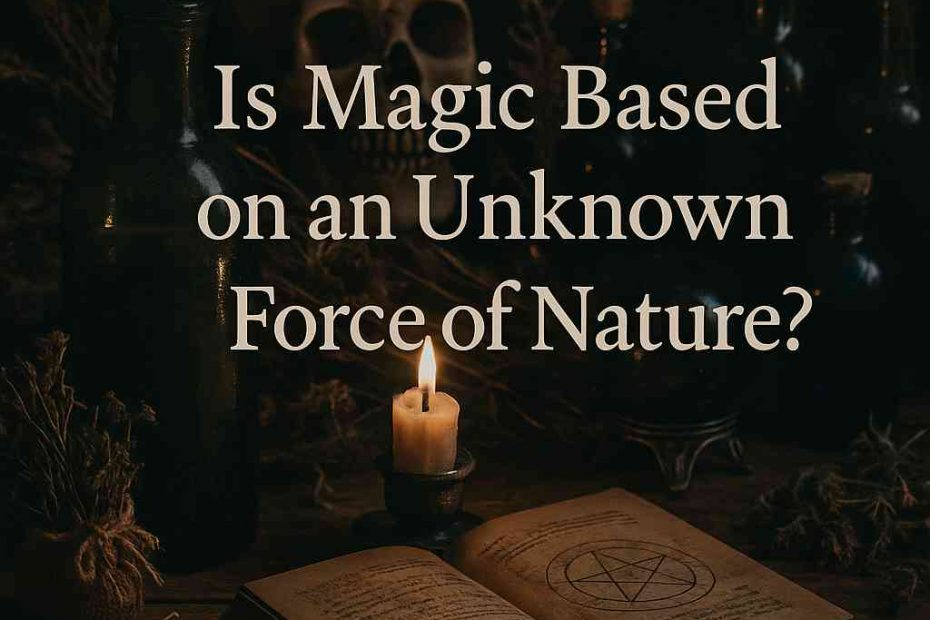Could what we call “magic” actually be an unknown force of nature that science has yet to explain? From ancient rituals and folklore to modern paranormal research, the idea that unseen energies shape our reality continues to fascinate both skeptics and believers. In this article, we explore the possibility that magic is not merely superstition, but a window into natural forces still undiscovered by physics.
The Possibility of Unrecognized Natural Laws
The belief that we already grasp the essential framework of reality is fragile. History repeatedly shows that hidden principles may govern the world long before we acquire the means to measure them. The notion of germs, for instance, was ridiculed until the microscope revealed their existence. Likewise, radio waves remained unsuspected until instruments made them visible.
From this perspective, magic may reflect interactions rooted in subtle forces not yet classified. Such forces need not defy physics—they may simply extend it, awaiting discovery. To call them unrecognized natural laws does not render them mystical but reminds us that our scientific map of reality is still incomplete.
Imagine, for example, that consciousness is not a mere by-product of matter but an active participant in shaping probability. If so, ritual, intention, and symbolic action could serve as focusing tools—mechanisms that align the will with hidden currents of causality. To a strict materialist, this may sound absurd. Yet so too once did the idea that invisible particles could transmit disease, or that entangled particles could affect one another across vast distances.
Magic and the Observer
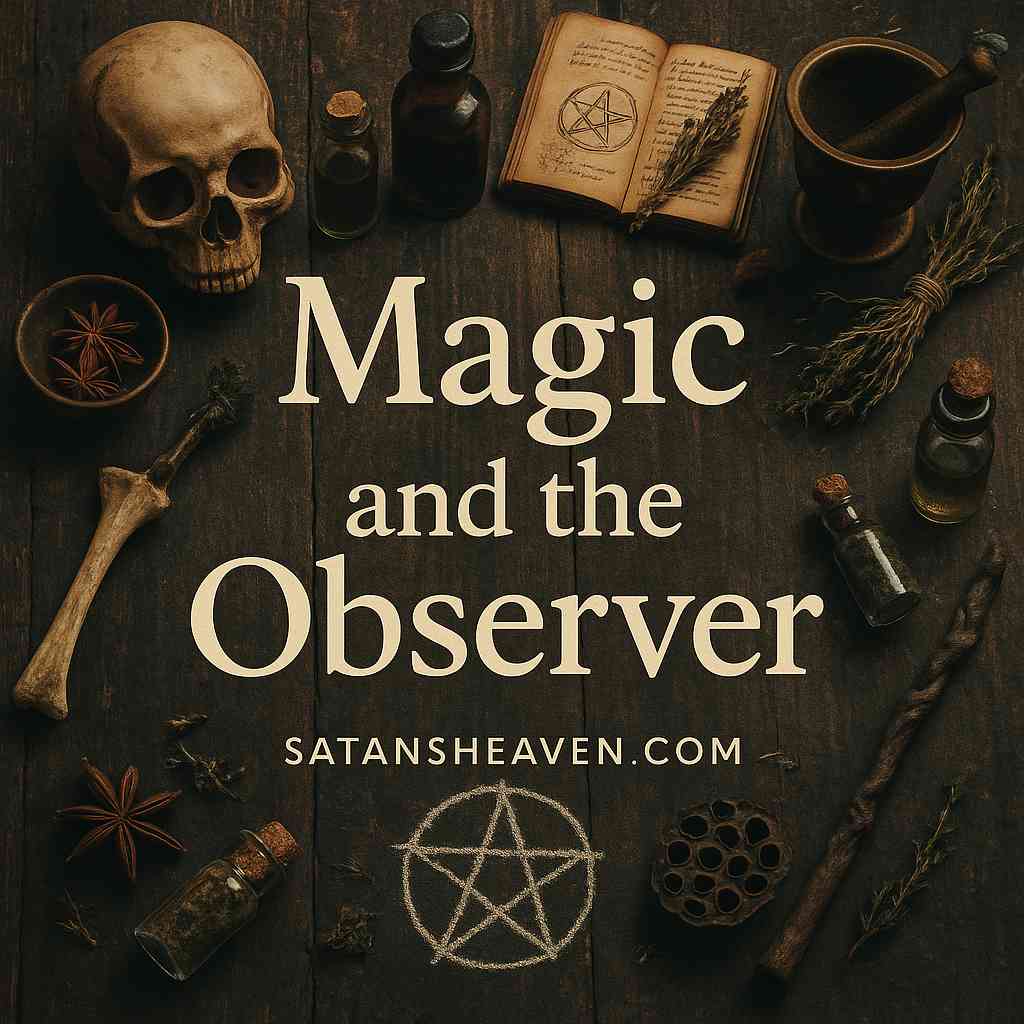
One of the most striking bridges between esoteric thought and modern physics is the observer effect in quantum mechanics. At its core lies the discovery that observation alters the behavior of particles. Unmeasured, an electron behaves like a wave, existing in multiple potential states. Measured, it “collapses” into a single, definite outcome.
This resonates deeply with practitioners of magic. Magical practice assumes that focused attention reshapes reality — that the will of the practitioner channels possibility into form. In ritual, the magician does not passively observe but actively participates, guiding outcome through concentration, symbolism, and emotional intensity. If observation in quantum physics determines manifestation at the smallest scales, magical observation may be seen as a parallel at the human scale.
Probability, Potential, and the Role of Intention
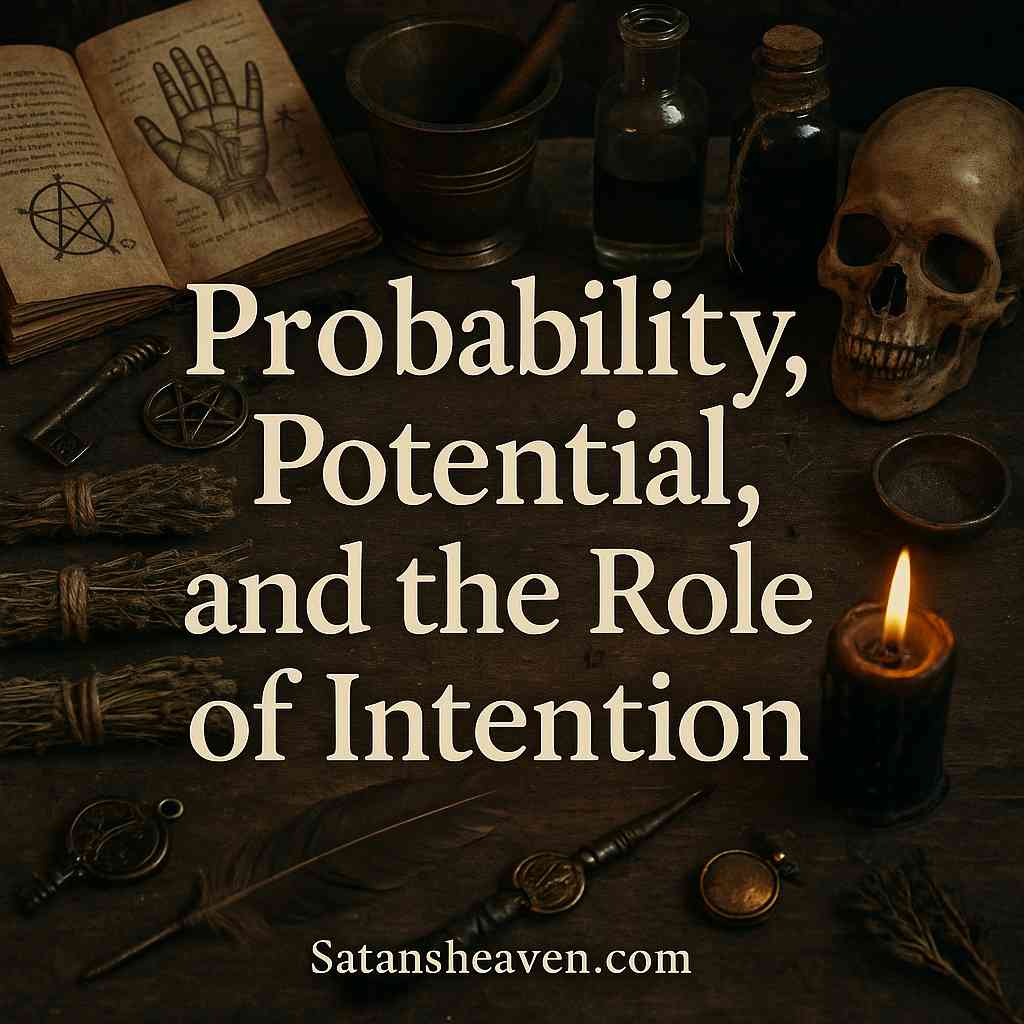
Quantum physics reveals a world not of rigid clockwork but of probabilities. Every particle exists in a cloud of potential states until compelled into one. Likewise, magical philosophy has long claimed that reality is pliable — a weave of possibility shaped by thought, word, and deed.
Rituals, incantations, and symbols serve to increase the likelihood of a desired outcome, nudging probability toward manifestation. Just as physicists speak of probability amplitudes, magicians speak of strengthening intention until chance itself bends. Neither system guarantees results, yet both acknowledge that patterns emerge, outcomes shift, and potential crystallizes into the real.
Energy, Vibration, and the Fabric of Reality
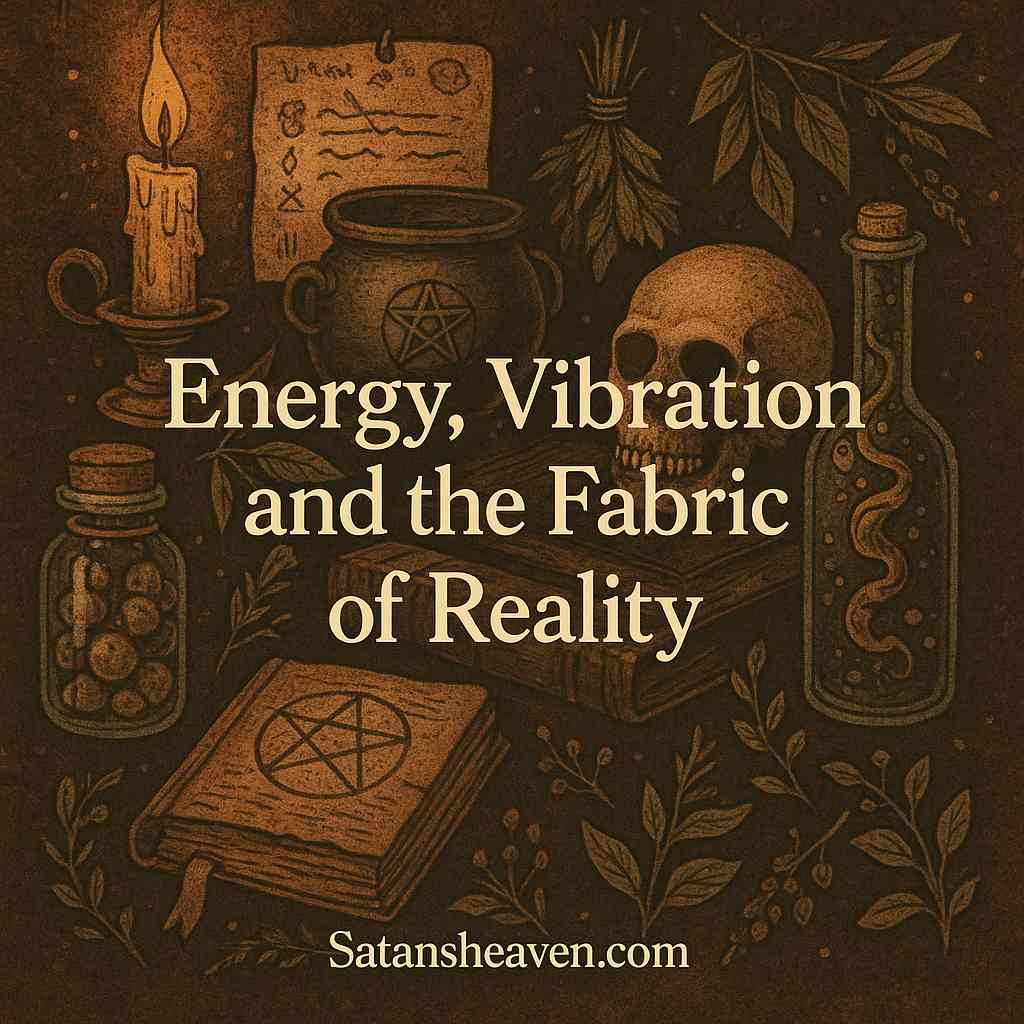
Across cultures, magic has often been described in terms of energy. Practitioners speak of currents, flows, or vibrations that can be directed, harmonized, or disrupted. Incantations, gestures, and symbols are understood as ways of tuning reality, as if the universe were an instrument responsive to resonance.
Modern physics, for its part, has uncovered that matter itself is nothing other than condensed energy. At the subatomic level, particles are also waves, patterns of vibration rippling through quantum fields. Every atom resonates; every interaction is, at root, an exchange of energy.
This parallel is not merely poetic. If reality is woven from vibrations, then magic may be seen as the art of modulating them through consciousness and ritual. A chant, repeated with focus, may act like a tuning fork, aligning intention with subtle frequencies. A symbol drawn in ritual space may serve as a resonant pattern that shapes the flow of events. Just as physics teaches that resonance can amplify waves, magical practice suggests that aligned will amplifies possibility.
Of course, physics measures vibration with equations and instruments, while magic encodes it in metaphor and symbol. Yet both affirm that the world is not static substance but dynamic pattern. To speak of “energy” in magical terms may sound imprecise, but it gestures toward the same insight physics confirms: reality is alive with motion, frequency, and invisible currents.
In this light, magic could be interpreted as a vernacular physics of vibration — a symbolic technology for working with the subtle harmonies of existence. Whether through ritual sound, rhythmic movement, or meditative stillness, the magician seeks to enter resonance with the deeper fabric of reality. And if physics reveals that resonance shapes the behavior of matter, then the ancient intuition of magic — that everything vibrates and can be tuned — may not have been altogether misguided.
Entanglement and Magical Correspondence
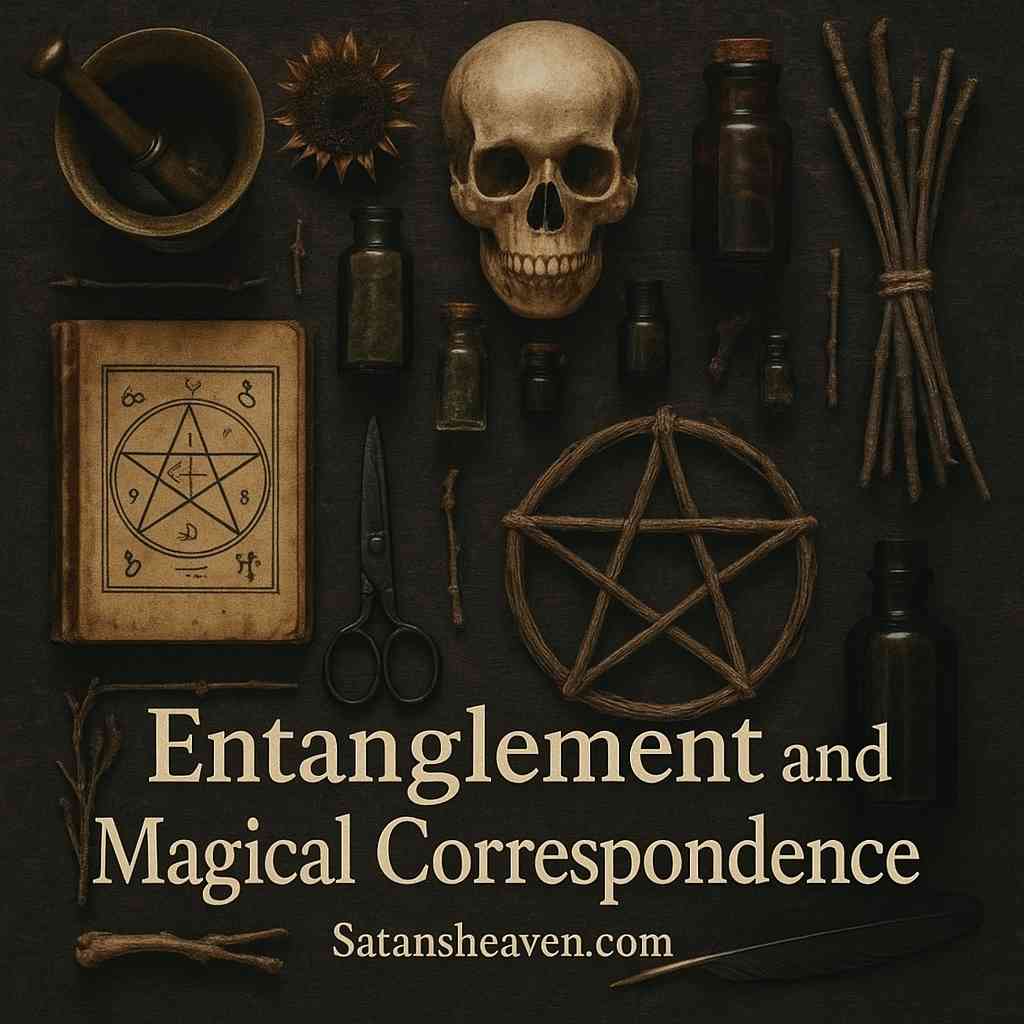
Another quantum phenomenon, entanglement, provides a vivid metaphor for magical correspondence. Entangled particles remain linked regardless of distance: altering one instantly influences the other. In magic, objects or symbols once connected are thought to retain their link — a lock of hair, a photograph, or a name becomes a channel of influence across space.
Science cannot yet explain why entanglement functions beyond mathematics. Still, it confirms that the universe sustains forms of connection that transcend ordinary cause and effect. Magic, in its own language, has long upheld the same principle: that hidden threads bind the world in ways unseen.
Conclusion:
Skeptics argue such parallels are poetic rather than scientific. Yet poetry often precedes discovery. Before magnetism was quantified, it was spoken of as attraction and sympathy. Before light was a wave, it was fire. To notice resonances between quantum physics and magical philosophy is not to collapse one into the other but to acknowledge that our categories remain provisional.
